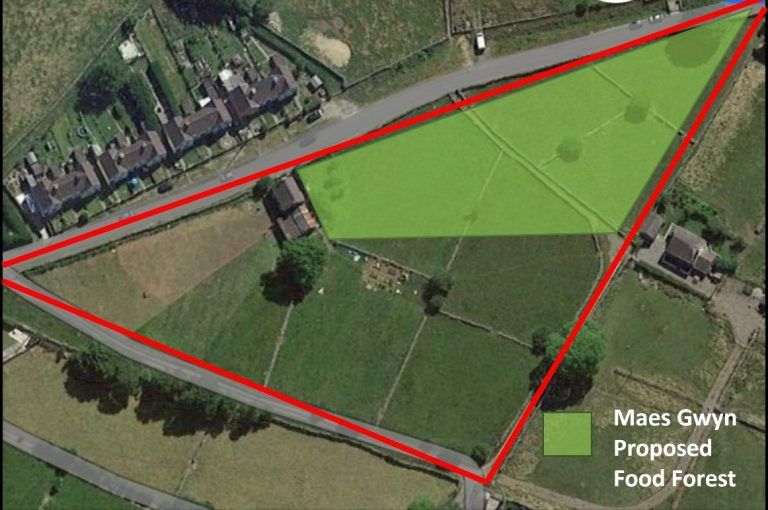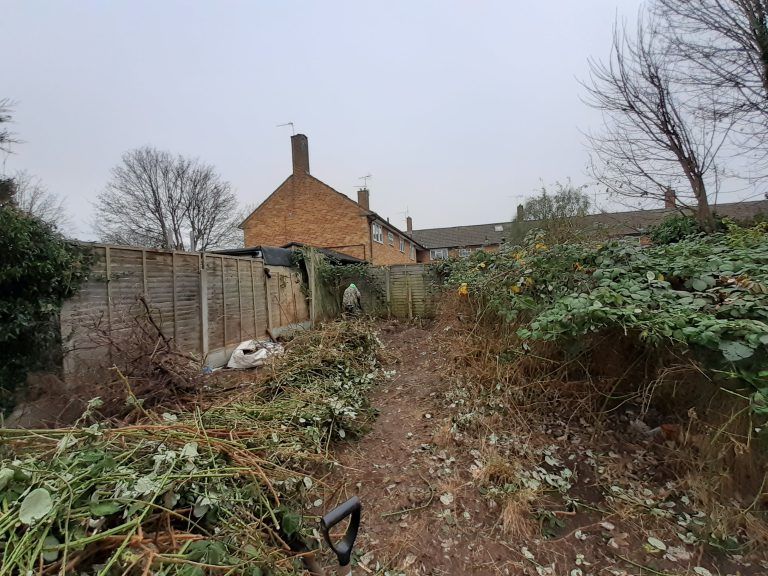Native to Europe, including the UK. Introduced to North America.
The European Beech, or Common Beech, is a large deciduous tree growing to 30m (100ft) by 15m (50ft) with a trunk that can reach 3m (10ft) in diameter. They can live over 300 years and reach a height of 4m (13ft) within ten years. They grow at a medium rate. Leaves are alternate, simple, with a slightly crenate margin, 5–10cm (2–4”) long and 3–7cm (1–3”) broad. They flower in spring, and the seeds ripen in autumn. The flowers are monoecious and are pollinated by wind. The European Beech is noted for attracting wildlife. The plant can tolerate strong winds and atmospheric pollution, but not maritime exposure. Planting habits include the woodland garden canopy and a hedge.
Is European Beech edible?
The leaves, oil and seed are all edible. Young leaves can be eaten raw and have a very nice mild flavour, going well in a mixed salad. However, the leaves quickly become tough, so only the youngest should be used. New growth is usually produced for two periods of 3 weeks each year, one in spring and one in mid-summer. The seed/nut can be eaten raw or cooked and has a pleasantly sweet flavour, though relatively small and fiddly. Small quantities of seed will be produced after ten years of growth, with heavy cropping after 30 years. The seed can also be dried and ground into a powder and then used with cereal flours when making bread, cakes etc. The seed is rich in oil. The seed should not be eaten in large quantities. The seed contains 17–20% of edible semi-drying oil, which stores well without going rancid and is equal in delicacy to olive oil. It is used as a dressing for salads and also for cooking. The seed residue is poisonous. The roasted seed is used as a coffee substitute. One correspondent on the PFAF website says that “Beech oil: the yield is not high (some sources suggest 5kg of nuts for 1 litre of oil), but it is a good oil (pale yellow: brown, quite light, not strongly flavoured) and has kept fine for a year in airtight bottles”.
Medicinal uses of Beech
The bark of beech trees is antacid, antipyretic, antiseptic, antitussive, expectorant, and odontalgic. A tar (or creosote), obtained by dry distillation of the branches, is stimulating and antiseptic. It is used internally as a stimulating expectorant and externally as an application to various skin diseases. The pure creosote has been used to relieve toothache, but it should not be used without expert guidance. The plant is used in Bach flower remedies – the keywords for prescribing it are ‘Intolerance’, ‘Criticism’ and ‘Passing judgements’.
Other uses of European Beech
Beech trees have many other uses, including charcoal, fuel, oil, as a hedge, and they are an excellent wood source. A semi-drying oil is obtained from the seed; it is used as a fuel for lighting, lubricant, and polishing wood. The leaf buds harvested in the winter and dried on the twigs are used as toothpicks. The leaves are gathered in autumn and used as a stuffing material for mattresses etc. Beech wood is hard, heavy, strong, and very durable. However, it is not suitable for outdoor use and is often attacked by beetles. It has a wide range of applications, including furniture, flooring, and turnery. It makes an excellent fuel, burning with a lot of heat, and yields charcoal known as ‘Carbo Ligni Pulveratus’. The wood has often been used as a source of creosote, tar, methyl alcohol, and acetic acid.
Growing Beech trees
Beech trees thrive on a light or medium soil, doing well on chalk, but are ill-adapted for heavy wet soil. They prefer a calcareous soil but can succeed in acid soils, though they do not make such fine trees in such a situation. They can thrive in almost any soil, and pH and are also very tolerant of a wide range of climatic conditions so long as there is sufficient rainfall. Established trees are drought tolerant. Beech is very wind tolerant but dislikes salt. Trees are shallow-rooted, and this might make them less wind resistant. Trees have two growth periods a year, each of about three weeks in duration. The first is in late spring; the second is in high summer. Trees are often slow-growing and can be very slow to establish after transplanting. However, in good conditions, they can grow up to a metre in a year. Young trees are very shade tolerant but are subject to frost damage to their flowers and young leaves and so are best grown in a woodland position that will protect them. An important food plant for many caterpillars, it has 64 species of associated insects. Trees have a heavy canopy and cast a dense shade; very few other species can grow in a dense beech wood, and on suitable soils, it becomes the dominant species. Intolerant of coppicing, trees produce none or only very weak growth afterwards, and other plants soon smother this. Plants are tolerant of light pruning; however, they will retain their dead leaves over winter if this is carried out in late summer. There are many named forms selected for their ornamental value. Forms with purple leaves prefer a position in full sun whilst forms with yellow leaves prefer some shade. This species is notably resistant to honey fungus.
Propagating European Beech
Protect the seed from mice. The seed has short viability for propagation and is best sown as soon as it is ripe in the autumn in a cold frame. Germination takes place in the spring. The seedlings are slow-growing for the first few years and are very susceptible to damage by late frosts. When they are large enough to handle, prick the seedlings out into individual pots and grow them on in the greenhouse for at least their first winter. Plant them out into their permanent positions in late spring or early summer, after the last expected frosts. The seed can also be sown in an outdoor seedbed in the autumn. The seedlings can be left in the open ground for three years before transplanting but do best if put into their final positions as soon as possible and given some protection from spring frosts.
For more information visit the PFAF Database:







